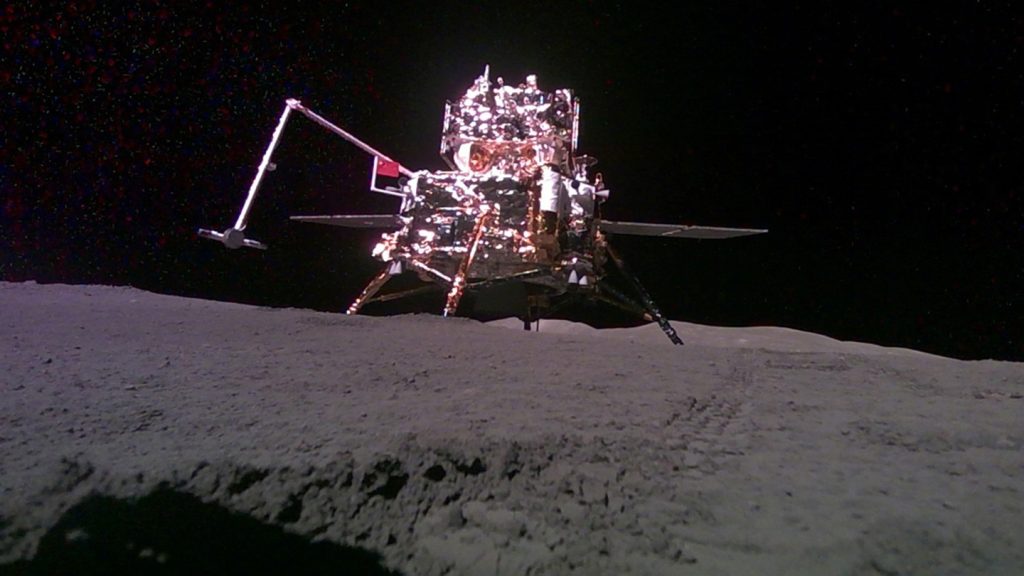Two separate analyses of lunar rocks from the farside of the moon brought to Earth by China’s Chang’e-6 spacecraft show that the rocks formed from cooling magma about 2.8 billion years ago, according to papers published in Science and Nature. This new information may help explain the differences between the moon’s farside and nearside but also raises new questions about the history of lunar volcanism. The two faces of the moon have different topography, chemical composition, crater density, and evidence of volcanism, with only about 2 percent of the farside showing signs of flowing lava.
The mystery of the asymmetry between the nearside and farside of the moon has long puzzled researchers. Previous rock samples collected from the moon were mostly from the nearside and suggested that the moon was most volcanically active around 4 billion years ago and had mostly cooled by about 3 billion years ago. However, rocks from the Chinese Chang’e-5 mission showed more recent volcanic activity around 2 billion years ago. The volcanic history of the farside was completely unknown until the Chang’e-6 mission returned with the first samples collected from the region in the South Pole-Aitken Basin.
The samples from the farside were examined using radiometric dating, and researchers found that the rocks were around 2.8 billion years old. The lack of heat-producing elements in the rocks, such as potassium, rare earth elements, and phosphorous, known as KREEP, is surprising and raises questions about how the farside stayed molten for so long without these elements. The results also suggest long-lasting volcanism on the farside, with one rock dating back to 4.2 billion years ago, implying volcanism spanning at least 1.4 billion years on the farside.
The differences between the moon’s hemispheres are not surprising given the known variations, but the data from the first samples collected from the farside are still exciting. Researchers anticipate more surprising findings as they continue to analyze the samples with additional techniques. The discovery of volcanic activity on the farside of the moon sheds light on its geological history and raises new questions about the evolution of the moon’s surface. Further research and analysis of the samples from the Chang’e-6 mission may provide more insights into the moon’s volcanic past and the mysteries of its two faces.


